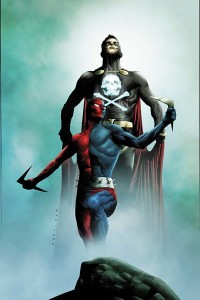 Here at the Crisis On Infinite Midlives Home Office, we are some Warren Ellis fans.
Here at the Crisis On Infinite Midlives Home Office, we are some Warren Ellis fans.
Back in 2000, when watching Unbreakable led me to leave a several-year Vertigo Comics exile to delve back into superhero comics, Ellis’s The Authority and Stormwatch trades helped reinforce my hope that superhero comics had moved away from the Image Age of chicken-scratched detail lines on footless steroid monsters punching on each other with no driving story to speak of, and into something that an adult might like to read.
Ellis’s Nextwave remains one of my favorite limited series of the past fifteen years, and his collection of Come In Alone columns not only reinforced that there were actual adults writing comics, but they made me a lurker on the Warren Ellis Forums, where my proudest contribution was that Matt Fraction ripped off the logo from a 1999 Web site I ran to be his forum avatar for a while.
Ellis has been mostly absent from mainstream comics since we started this Web site in 2001. He wrote Secret Avengers in 2001 (which is the first book I ever reviewed here), and he’s been contributing to the Kelly Sue DeConnick co-written Avengers Assemble for the last couple of months, and he did the Avengers: Endless Wartime graphic novel a few months ago, but otherwise he’s been working on novels and TV properties and whatnot.
So it is about time, as far as we fans are concerned, for Ellis to take on a larger-scale comics project… which is a thing that he is doing. Specifically, he will be rebooting Dynamite Comics’s Project Superpowers line of books. You know, that line of comics that Alex Ross and Jim Kreuger launched in 2008! The one that none of us actually read!
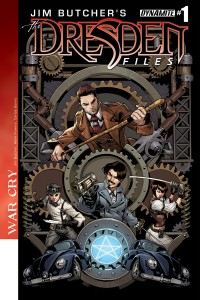
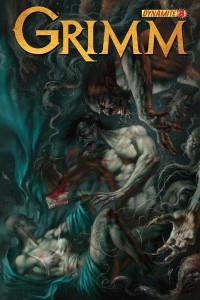
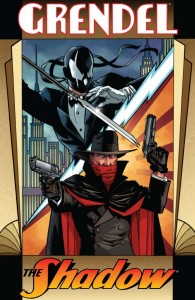
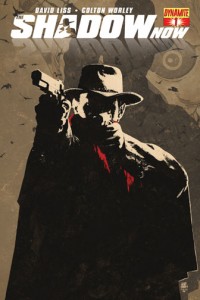

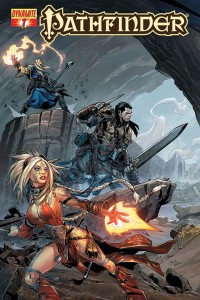
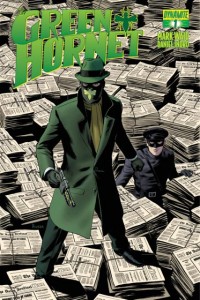
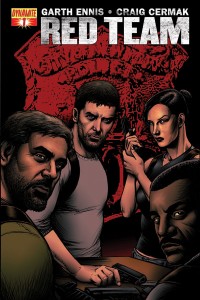
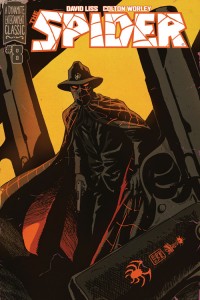
 Podcast RSS Feed
Podcast RSS Feed iTunes
iTunes Google Play
Google Play Stitcher
Stitcher TuneIn Radio
TuneIn Radio Android
Android Miro Media Player
Miro Media Player Comics Podcast Network
Comics Podcast Network